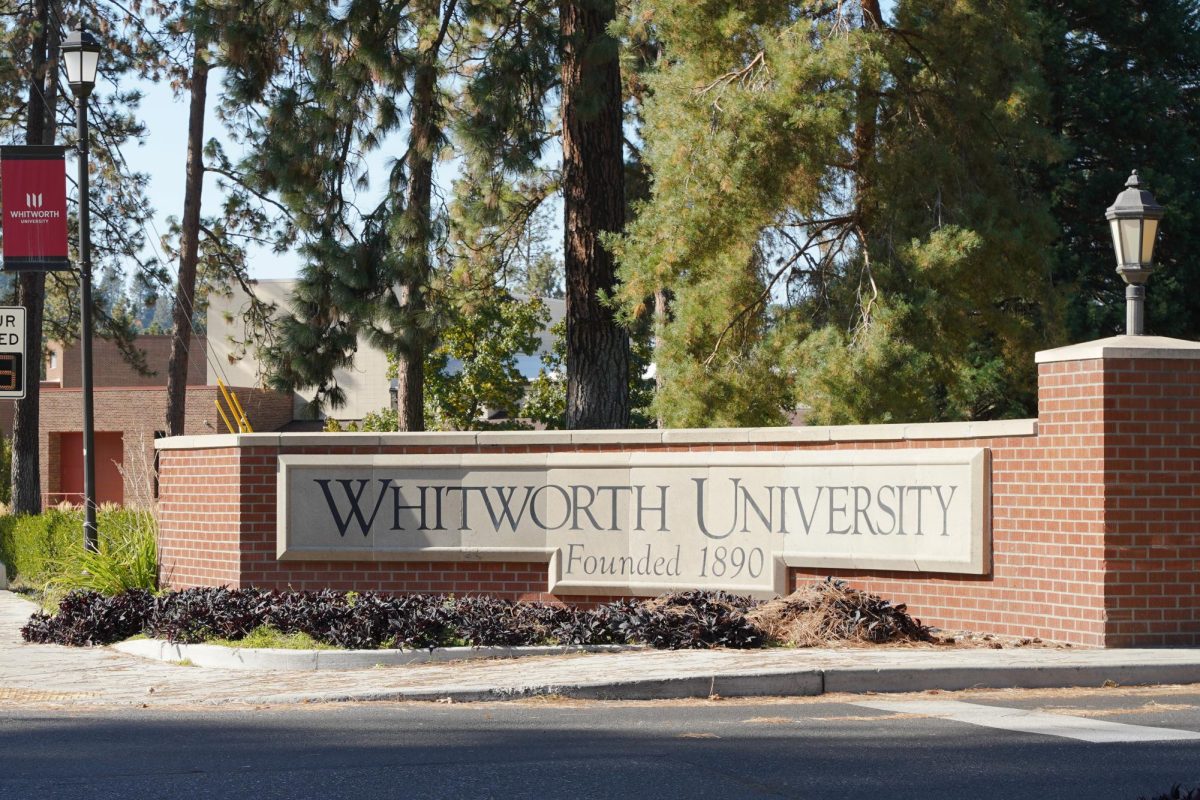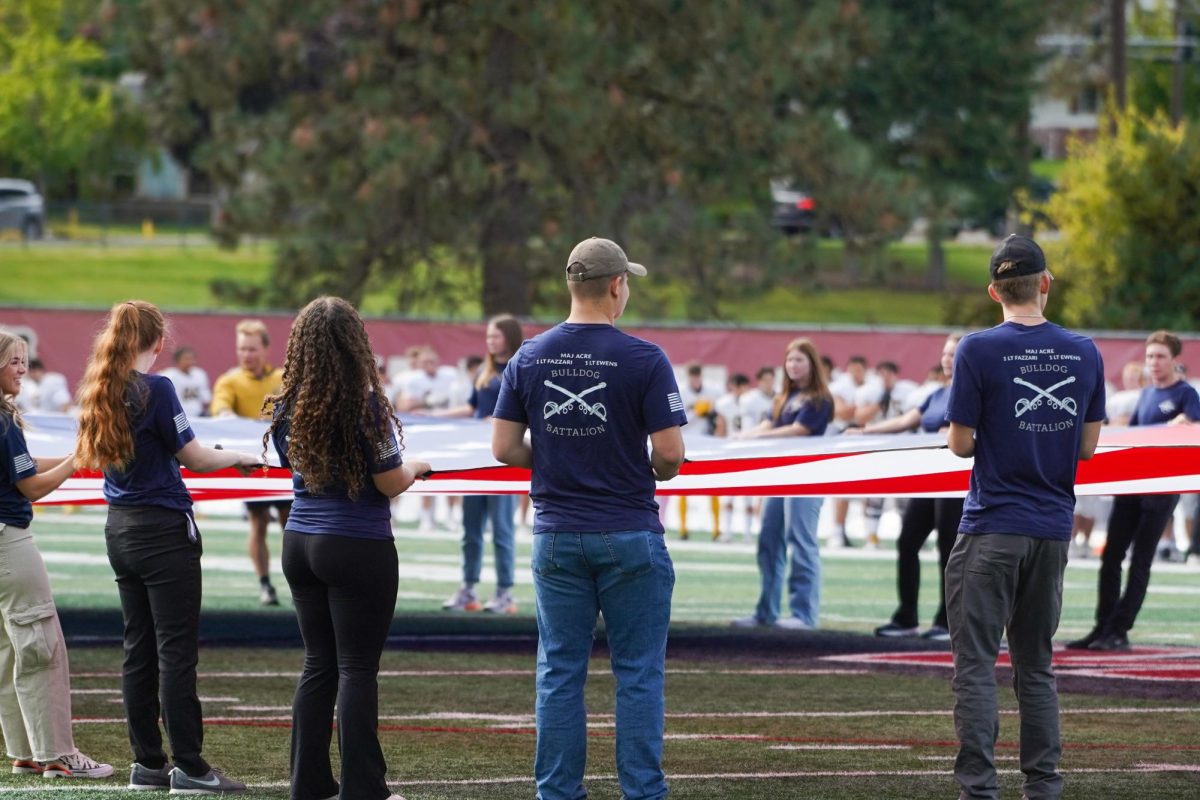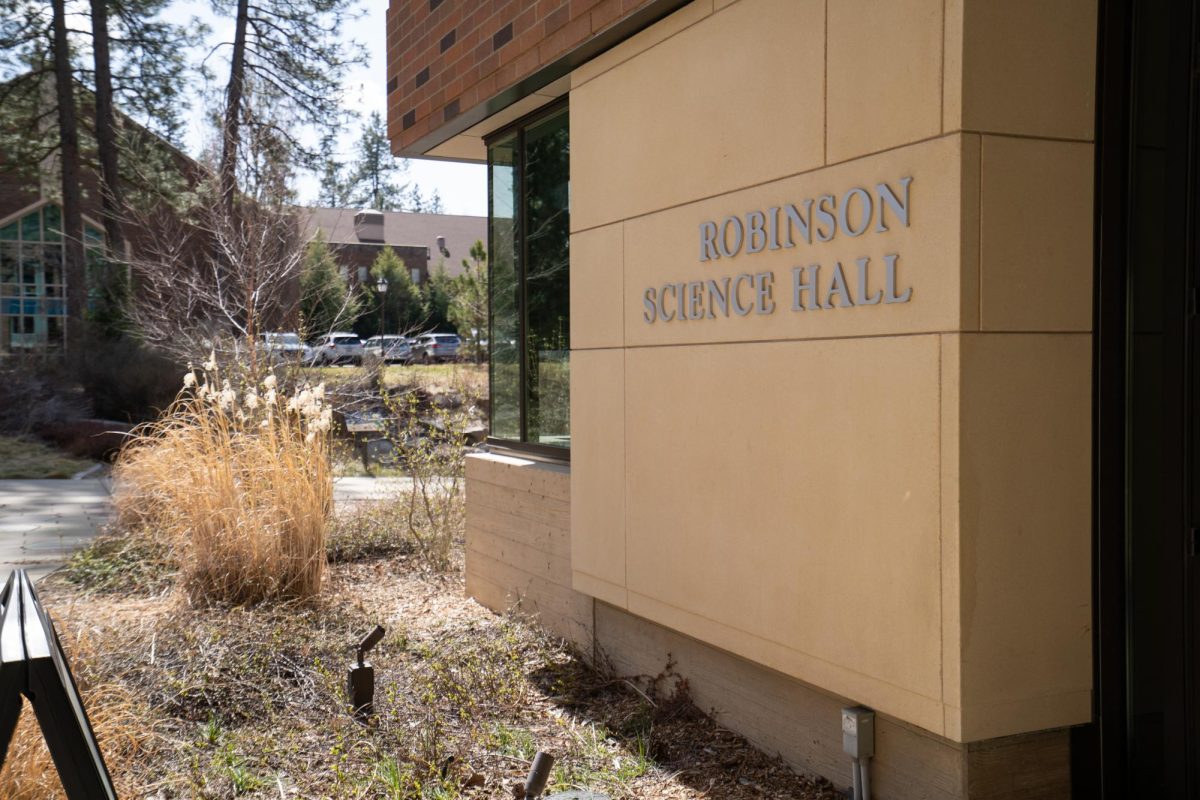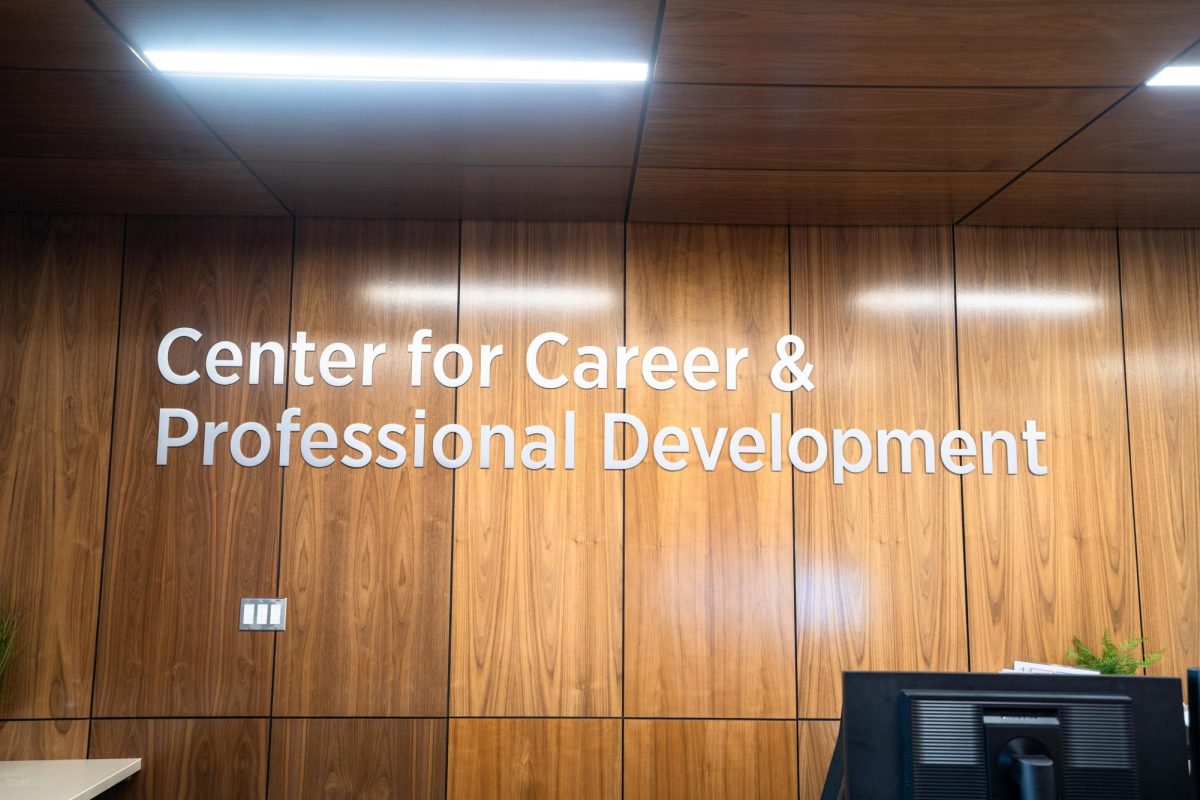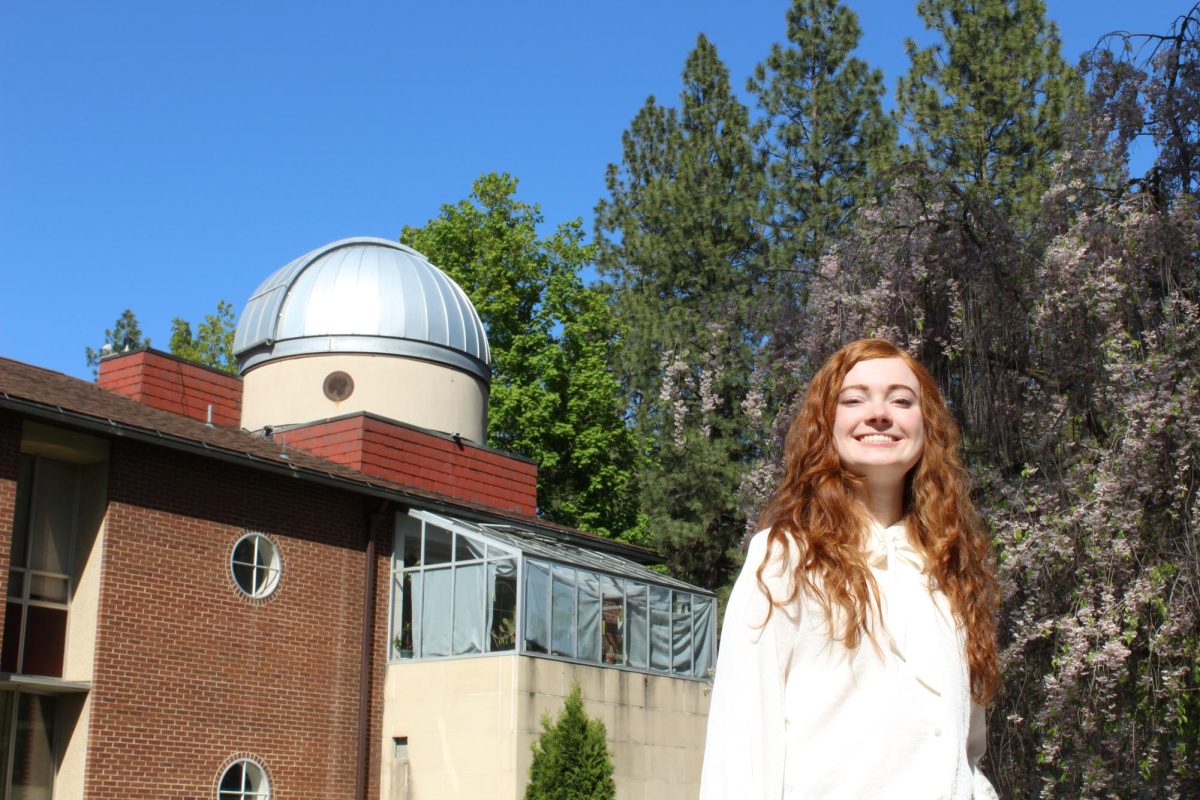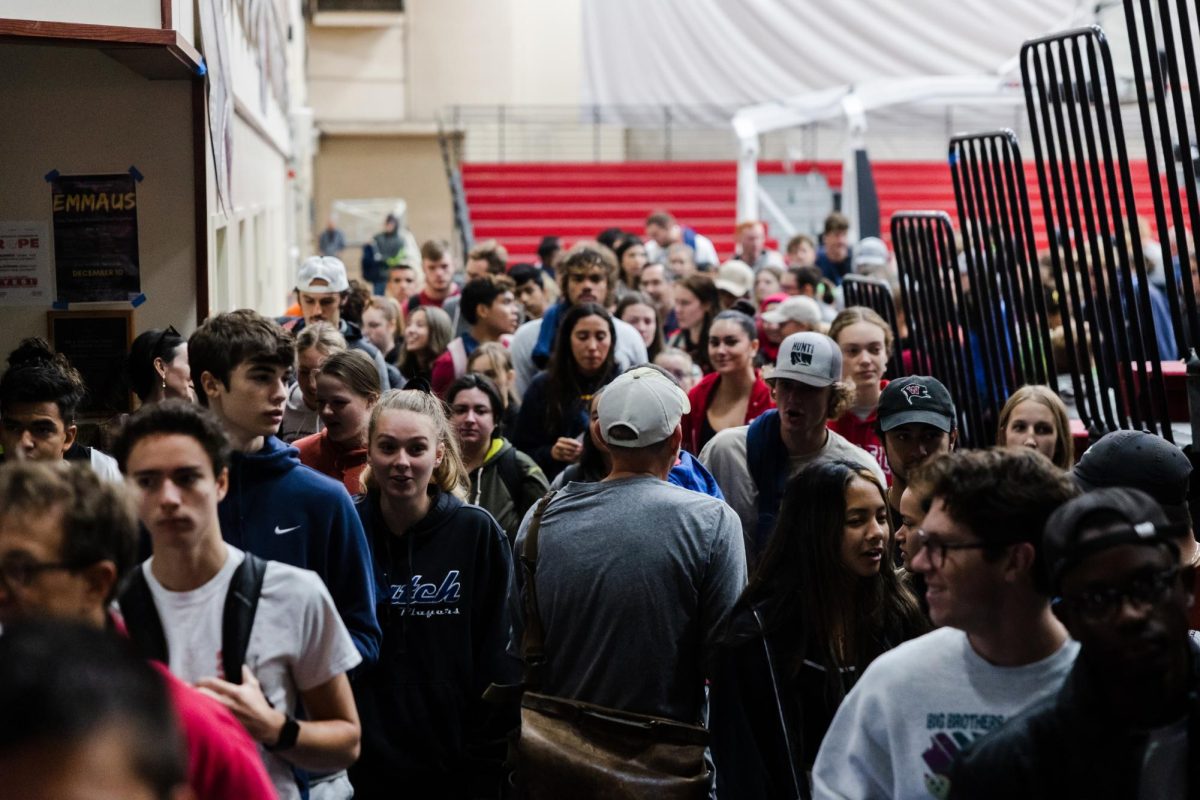The science building would not have been possible without the donors who make monetary gifts, director of development Holly Norton said.
President Emeritus Bill Robinson led Whitworth into its 120th year before leaving office. He had the vision for the science building because he saw it as a project necessary for sustaining Whitworth’s academic excellence and positive momentum.
Breaking ground for the William P. and Bonnie V. Robinson Science Hall began in fall 2009 as Whitworth embarked on a $31.7 million project.
“About 25 percent of the cost will be paid by donors,” Norton said.
The development office is responsible for helping these donors plan their gifts toward the school.
“Donors will be responsible for around $8.5 million of the total cost of the facility and we have just $400,000 remaining to secure,” director of camaign planning Tad Wisenor said.
The development office plans home visits to sit down and talk with potential donors and writes them letters for follow-ups as well.
“If donors have indicated in the past that they don’t want to be solicited for gifts then we don’t normally ask them to make a gift,” Norton said. “That rarely happens, though.”
Donors’ gifts range from around $1,000 to $1 million and different groups of people give differently.
“It is critical to have donors help with the project,” Norton said.
From the Institutional Advancement standpoint, it is more and more clear that the support of alumni, parents and friends is invaluable to the university. Students have good experiences here due to the donor support for completing projects, Wisenor said.
In the opinions of some, Whitworth has been in need of a new facility for the sciences for a while.
“We clearly have needed the new science facility in order to meet the student demand,” Wisenor said. “The Johnston [Science Center] isn’t large enough and the quality of the new science building will be a wonderful selling point for Whitworth.”
The Eric Johnston Science Center will undergo renovation this summer and will house math, health sciences and computer science in the fall.
“In the long term, Whitworth is looking at significant renovation and addition to the current building,” Wisenor said.
Wisenor believes that if Whitworth hadn’t chosen to build the science building now, it would have been at more financial risk.
Not only will the science building benefit students but it will also give professors a better teaching environment, Norton said.
“It’s going to be an amazing building for Whitworth,” Norton said.
In the past decade, universities that Whitworth competes with have built new science centers across the country.
Whitworth plans to stay committed to the sciences as a tool to a liberal arts education.
Other new projects are in Whitworth’s 10-year vision as well. In the 2021 strategic plan, new projects will be coming in regards to academic facilities.
“New projects such as academic facilities for music and theatre are in the plan,” Wisenor said. “Also a campus events center for basketball and volleyball that can be used for convocation and commencement.”

